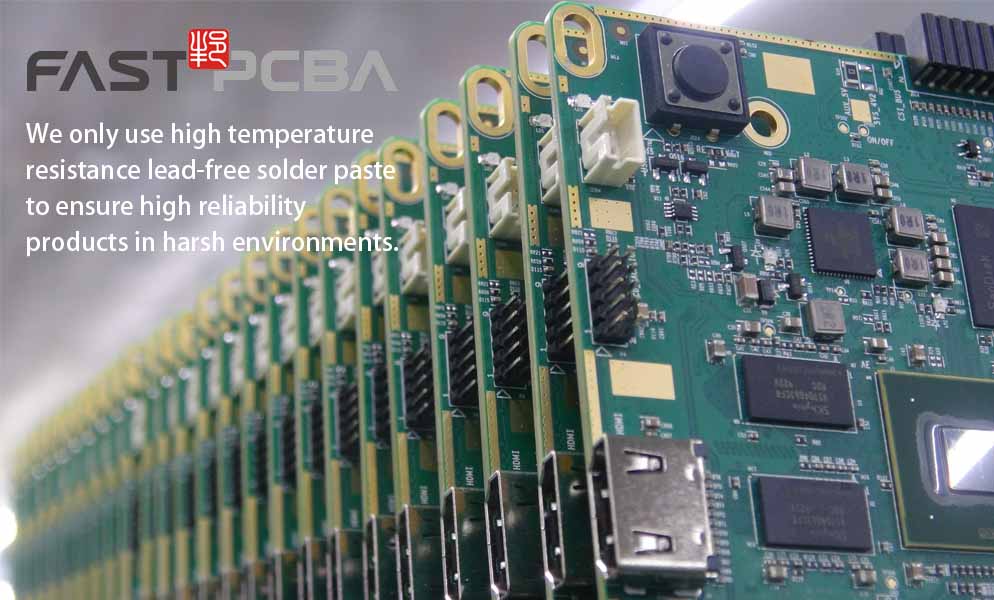About us
FASTPCBA Co.,Ltd
-
 Building 1, Senyang Electronic Technology Park, Guangming High-tech Park, Yutang Street, Guangming District, Shenzhen City.
Building 1, Senyang Electronic Technology Park, Guangming High-tech Park, Yutang Street, Guangming District, Shenzhen City.
-
 F:86-13418481618
F:86-13418481618
-
 pcba13@fastpcba.cn
pcba13@fastpcba.cn
 date:2019-11-11 15:20:48
date:2019-11-11 15:20:48
Selective wave soldering advantage
Selective wave soldering is a special form of wave soldering invented to meet the requirements of modern welding processes. It also has three main components of flux unit, preheating unit and welding unit. Through pre-programmed procedures, the machine can be sprayed and welded in a targeted manner. The welding efficiency and reliability are higher than manual welding, and the welding cost is lower than wave soldering.

Selective soldering technology is suitable for high-end electronics manufacturing, such as communications, automotive, industrial and military electronics.
Selective wave soldering the technical advantage
Each welding parameter can be “tailor-made”, which can optimize the fluxing amount, welding time and peak height of each solder joint, and the defect rate is reduced. It is even possible to make through-hole components. Zero defect welding can be achieved
Selective soldering is only for the selective spraying of the flux for the points to be soldered. The cleanliness of the board is greatly improved, and the amount of ionic contamination is greatly reduced. The Na ion in the flux and the Ci ions remain on the board. On the long-term, it will combine with water molecules in the air to form salt to corrode the circuit board and solder joints, which will eventually lead to the opening of the solder joint. Therefore, the traditional production method requires cleaning the soldered circuit board, while the selective soldering is required. This problem has been fundamentally solved. Selective welding is only for the specific point of welding, no matter the spot welding and drag welding will not cause thermal shock to the entire circuit board, so it will not form obvious shear stress on surface mount devices such as BGA, also The solder joint will not be cracked due to the overall deformation of the PCB, thus avoiding various defects caused by thermal shock.
 Building 1, Senyang Electronic Technology Park, Guangming High-tech Park, Yutang Street, Guangming District, Shenzhen City.
Building 1, Senyang Electronic Technology Park, Guangming High-tech Park, Yutang Street, Guangming District, Shenzhen City.
 F:86-13418481618
F:86-13418481618
 pcba13@fastpcba.cn
pcba13@fastpcba.cn